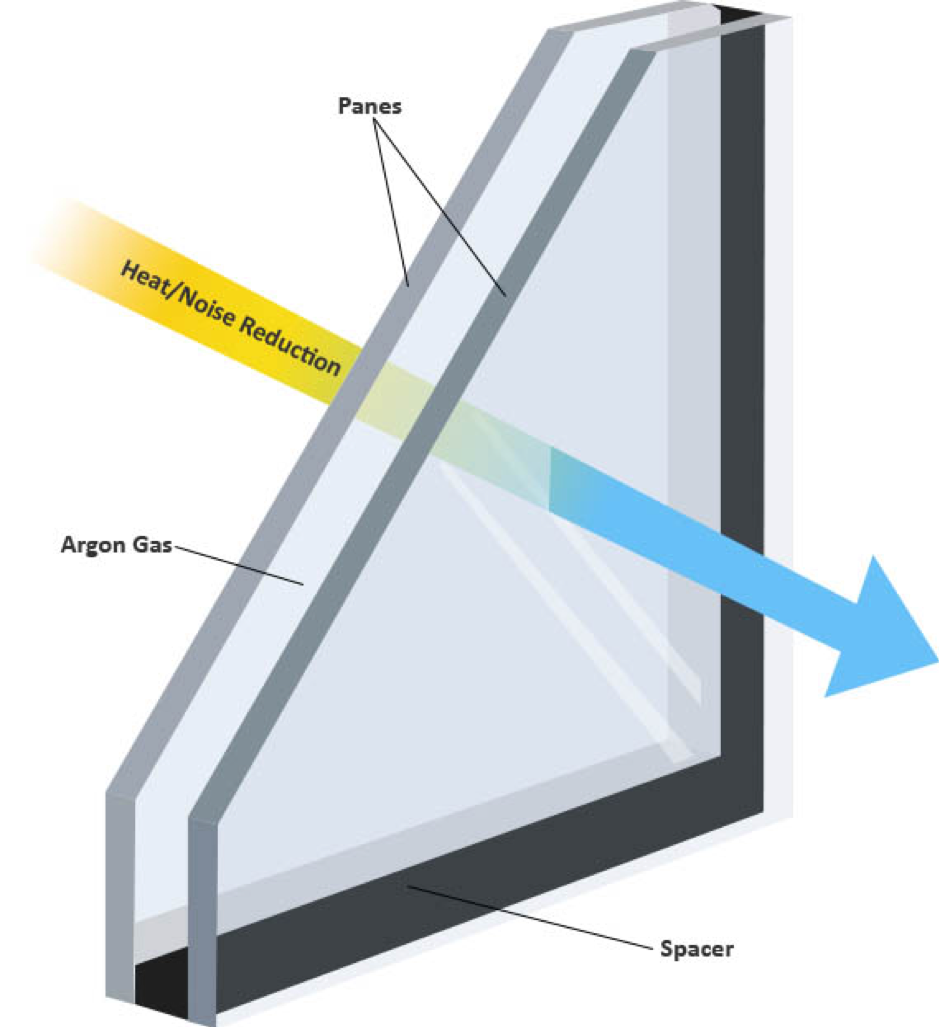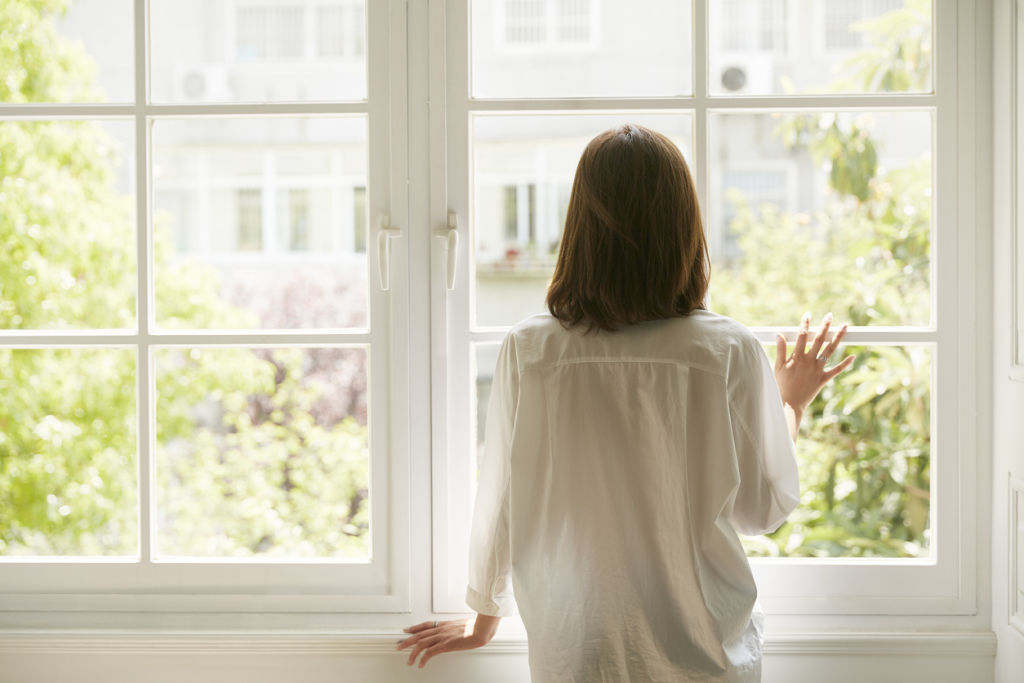All Categories
Featured
Table of Contents
Double Glazed Windows – Their Amazing Benefits For ... in Edgewater WA
Glazing merely indicates the windows in your home, consisting of both openable and fixed windows, in addition to doors with glass and skylights. Glazing in fact just indicates the glass part, however it is generally used to refer to all aspects of an assembly consisting of glass, films, frames and home furnishings. Focusing on all of these aspects will help you to achieve effective passive style.

Energy-efficient glazing makes your home more comfy and considerably minimizes your energy costs. Inappropriate or badly developed glazing can be a major source of unwanted heat gain in summer season and considerable heat loss and condensation in winter season. Approximately 87% of a house's heating energy can be acquired and up to 40% lost through windows.
Benefits Of Double Glazing Low-e in Brigadoon WA
Glazing is a significant financial investment in the quality of your home. The expense of glazing and the expense of heating and cooling your house are carefully related. An initial financial investment in energy-efficient windows, skylights and doors can greatly lower your annual heating & cooling bill. Energy-efficient glazing also minimizes the peak heating and cooling load, which can reduce the required size of an air-conditioning system by 30%, causing further expense savings.

This tool compares window choices to a base level aluminium window with 3mm clear glass. Comprehending some of the key homes of glass will help you to select the finest glazing for your home. Secret residential or commercial properties of glass Source: Adjusted from the Australian Window Association The amount of light that goes through the glazing is called noticeable light transmittance (VLT) or visible transmittance (VT).
The Ultimate Guide To Double Glazed Windows in Casaurina Western Australia
This may lead you to switch on lights, which will lead to higher energy expenses. Conduction is how easily a product conducts heat. This is referred to as the U value. The U worth for windows (expressed as Uw), describes the conduction of the entire window (glass and frame together). The lower the U value, the greater a window's resistance to heat flow and the better its insulating value.
For example, if your home has 70m2 of glazing with aluminium frames and clear glass with a U value of 6. 2W/m2 C, on a winter's night when it is 15C cooler outside compared to inside, the heat loss through the windows would be: 6. 2 15 70 = 6510W That is comparable to the overall heat output of a big room gas heating unit or a 6.
Window Glazing For Households - Energy in Guildford WA

If you choose a window with half the U value (3. 1W/m2 C) (for example, double glazing with an argon-filled gap and less-conductive frames), you can cut in half the heat loss: 3. 1 15 70 = 3255W The solar heat gain coefficient (SHGC) for windows (revealed as SHGCw) determines how readily heat from direct sunlight streams through an entire window (glass and frame together).
The lower a window's SHGC, the less solar heat it sends to your house interior. Glazing manufacturers declare an SHGC for each window type and style. Nevertheless, the actual SHGC for windows is affected by the angle that solar radiation strikes the glass. This is referred to as the angle of occurrence.
Home Window Glazing - Sustainability Victoria in Mount Nasura WA
When the sun is perpendicular (at 90) to the glass, it has an angle of incidence of 0 and the window will experience the maximum possible solar heat gain. The SHGC stated by glazing makers is constantly computed as having a 0 angle of incidence. As the angle increases, more solar radiation is reflected, and less is transferred.
Latest Posts
Home Window Glazing - Sustainability Victoria in Carmel WA
Windows Of Opportunity: Your Guide To High-performance ... in Kallaroo WA
Double Glazing Windows in Rockingham WA